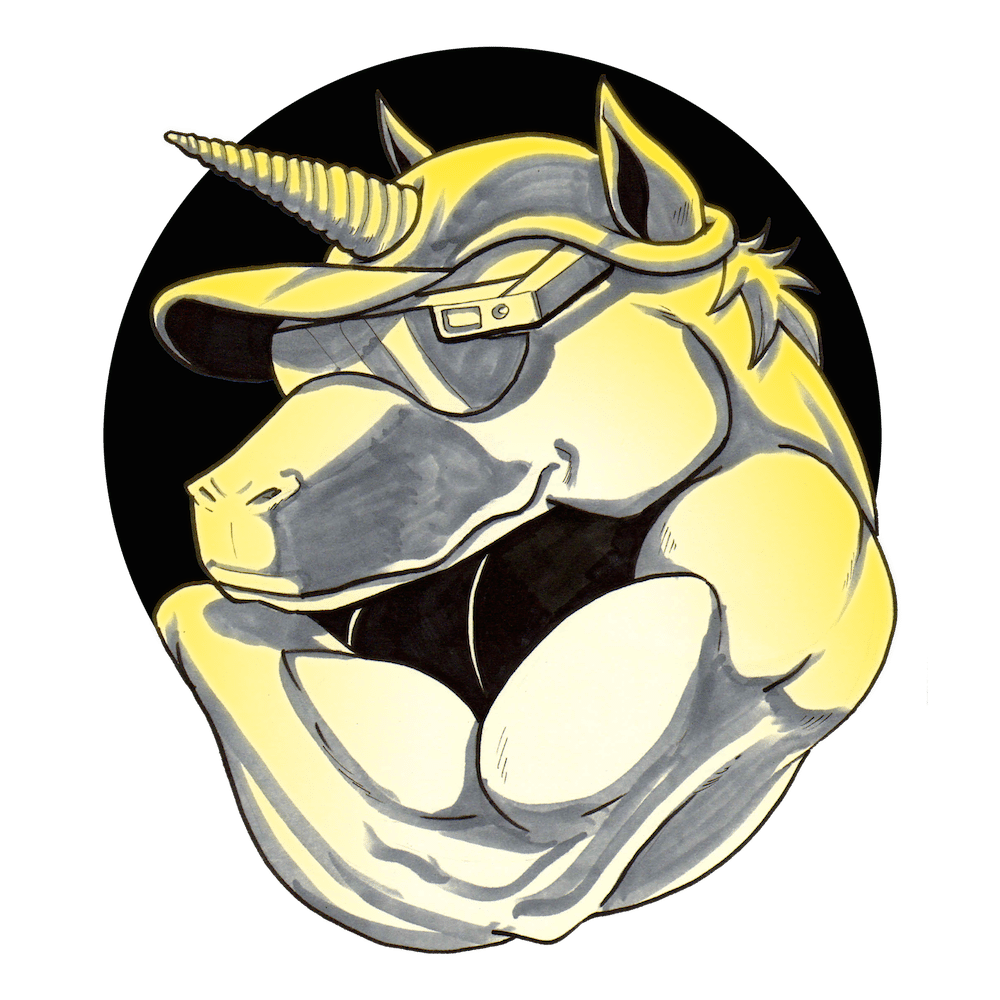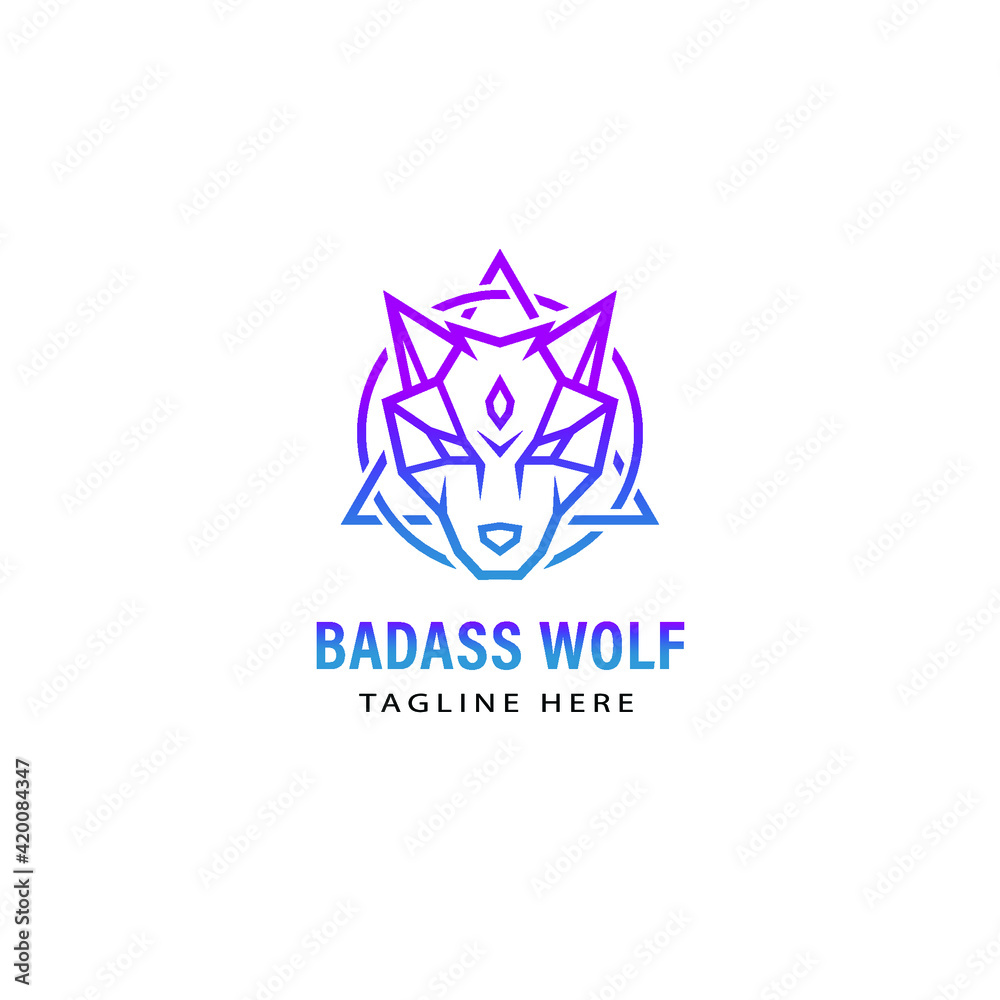Let’s talk about badass wolves, my friends. These creatures are not just your average forest-dwellers; they’re the rockstars of the animal kingdom. Think about it—wolves have been inspiring legends, myths, and even entire cultures for centuries. And when we say "badass," we’re not just throwing words around. These animals are the embodiment of strength, loyalty, and sheer survival skills. So buckle up, because we’re diving deep into the world of these magnificent beasts.
Now, you might be thinking, "Why are wolves so badass?" Well, buckle up for this ride. Wolves are more than just predators—they’re strategists, team players, and some of the most resilient creatures on the planet. They’ve got a reputation for being fierce, but there’s so much more to them than what meets the eye. Stick with me, and I’ll show you why these animals are the ultimate kings of the wild.
Let’s set the record straight: wolves aren’t just big dogs. They’re way more complex, and their behavior is a masterclass in adaptability and teamwork. So whether you’re a nature enthusiast, an animal lover, or just someone who appreciates raw power, this article is for you. We’re going to explore everything from their biology to their social structures, and trust me, you’re in for a treat.
What Makes Wolves So Badass?
Alright, let’s cut to the chase. What exactly makes wolves so freaking badass? It’s not just their sharp teeth or their piercing eyes—it’s a combination of physical prowess, mental sharpness, and an unmatched ability to survive in the harshest environments. Here’s the lowdown:
- Strength in Numbers: Wolves operate in packs, and there’s no better example of teamwork in the animal kingdom. Each member has a role, and they work together like a well-oiled machine.
- Adaptability: These animals can thrive in almost any environment, from the freezing tundras of Alaska to the dense forests of Europe. Talk about versatility!
- Communication Skills: Wolves aren’t just about growling and howling. They use body language, vocalizations, and even scent marking to communicate with each other. They’re basically the diplomats of the wild.
But wait, there’s more. Wolves are also incredibly intelligent. They’ve been known to outsmart prey, set traps, and even work together to take down animals much larger than themselves. Now that’s what I call a team effort!
Badass Wolves: A Brief History
Let’s rewind for a second and talk about the history of wolves. These guys have been around for thousands of years, and they’ve played a significant role in human culture. From Native American tribes to ancient European folklore, wolves have been both feared and revered.
Did you know? In many cultures, wolves are seen as symbols of strength and loyalty. The Romans even had a legend about Romulus and Remus being raised by a she-wolf. That’s some serious street cred right there.
But here’s the kicker: despite their majestic reputation, wolves have faced a lot of challenges over the years. Habitat loss, hunting, and human-wildlife conflict have all taken their toll. Yet, these badass creatures continue to thrive, proving time and time again that they’re not to be underestimated.
The Biology of Badass Wolves
Let’s get down to the nitty-gritty. What makes wolves so physically impressive? First off, they’re built for speed and endurance. With their long legs and powerful muscles, they can run for miles without tiring. And let’s not forget those razor-sharp teeth—they’re designed for tearing through flesh and bone.
Here’s a fun fact: wolves have an incredible sense of smell. They can detect prey from miles away, and their hearing is just as sharp. Combine that with their keen eyesight, and you’ve got a predator that’s almost impossible to outsmart.
Physical Characteristics That Make Them Stand Out
Now, let’s break it down:
- Size: Adult wolves can weigh anywhere from 60 to 150 pounds, depending on the species.
- Coat: Their thick fur keeps them warm in the coldest climates, and it comes in a variety of colors, from gray to black to white.
- Teeth: Wolves have 42 teeth, and their bite force is one of the strongest in the animal kingdom.
And let’s not forget their impressive stamina. Wolves can travel up to 30 miles in a single day, which makes them some of the most efficient hunters on the planet.
The Social Structure of Badass Wolves
Wolves are more than just solitary hunters—they’re social animals with a complex hierarchy. Each pack has an alpha male and female, who lead the group and make all the big decisions. But don’t think for a second that the rest of the pack is just tagging along. Every member has a role, and they all work together to ensure the survival of the group.
Here’s how it breaks down:
- Alpha Male and Female: The leaders of the pack, responsible for making decisions and ensuring the safety of the group.
- Betas: The second-in-command, often helping the alphas with hunting and protecting the pack.
- Omnis: The lower-ranking members, who still play a crucial role in the pack’s success.
And guess what? Wolves even have their own version of a "puppy daycare." Older members of the pack often take care of the younger ones while the alphas are out hunting. Talk about teamwork!
How Wolves Communicate
Communication is key in any successful team, and wolves are no exception. They use a combination of vocalizations, body language, and even scent marking to stay connected. Here’s a quick rundown:
- Howling: Wolves howl to communicate with each other over long distances. It’s like their version of a walkie-talkie.
- Body Language: Everything from tail position to ear movement can convey important messages.
- Scent Marking: Wolves use their urine to mark territory and communicate with other packs.
So the next time you hear a wolf howling in the distance, remember that it’s not just for show. There’s a whole conversation happening out there.
Badass Wolves in Action: Hunting Techniques
Now, let’s talk about the bread and butter of wolf life: hunting. Wolves are some of the most efficient hunters on the planet, and their techniques are nothing short of impressive. They use strategy, teamwork, and sheer determination to take down even the largest prey.
Here’s how it works:
- Stalking: Wolves will often follow their prey for hours, waiting for the perfect moment to strike.
- Flanking: They’ll surround their prey, cutting off escape routes and forcing it into a corner.
- Teamwork: Every member of the pack has a role, and they work together to ensure a successful hunt.
And let’s not forget their incredible endurance. Wolves can chase prey for miles without tiring, which gives them a significant advantage in the wild.
The Role of Wolves in the Ecosystem
Wolves aren’t just hunters—they’re also essential players in the ecosystem. As apex predators, they help control populations of herbivores, which in turn keeps plant life healthy and thriving. Without wolves, entire ecosystems could collapse.
Here’s an example: in Yellowstone National Park, the reintroduction of wolves led to a dramatic increase in biodiversity. Plants began to grow back, rivers stabilized, and even bird populations increased. That’s the power of a badass wolf.
Badass Wolves in Popular Culture
Wolves have been inspiring humans for centuries, and their influence can be seen in everything from literature to movies. From the epic tale of "White Fang" to the modern blockbuster "The Grey," wolves have captured our imaginations and sparked our curiosity.
But it’s not just about entertainment. Wolves have also played a significant role in spiritual and cultural practices. Many Native American tribes view wolves as spiritual guides, and their wisdom is often sought in times of need.
So the next time you watch a movie or read a book about wolves, remember that there’s more to these creatures than just fiction. They’re real, they’re powerful, and they’re absolutely badass.
Challenges Facing Badass Wolves
Despite their strength and resilience, wolves face a number of challenges in the modern world. Habitat loss, hunting, and human-wildlife conflict are just a few of the issues they deal with on a daily basis. But here’s the good news: conservation efforts are making a difference.
Did you know? In many parts of the world, wolf populations are slowly recovering thanks to protected areas and reintroduction programs. It’s a testament to the power of human intervention when done right.
But there’s still work to be done. Educating the public about the importance of wolves and their role in the ecosystem is crucial. And let’s not forget the need for sustainable practices that allow humans and wildlife to coexist peacefully.
What You Can Do to Help
So what can you do to help these badass wolves? Here are a few ideas:
- Support Conservation Efforts: Donate to organizations that work to protect wolves and their habitats.
- Educate Yourself and Others: Learn about the importance of wolves and share your knowledge with friends and family.
- Advocate for Change: Support policies and legislation that protect wildlife and promote conservation.
Every little bit helps, and together we can make a difference for these incredible animals.
Conclusion: Why Badass Wolves Matter
Let’s recap, shall we? Wolves are more than just predators—they’re symbols of strength, loyalty, and resilience. From their complex social structures to their impressive hunting techniques, these animals have a lot to teach us about teamwork and survival.
But here’s the bottom line: wolves matter. They play a crucial role in maintaining healthy ecosystems, and their presence is a sign of a thriving environment. So the next time you hear a wolf howl in the distance, take a moment to appreciate the beauty and power of these incredible creatures.
And don’t forget to take action! Whether it’s supporting conservation efforts or simply spreading the word, every little bit helps. So go ahead, be a part of the movement to protect these badass wolves. After all, they deserve it.
Table of Contents
Badass Wolves: A Brief History
The Social Structure of Badass Wolves
Badass Wolves in Action: Hunting Techniques
Badass Wolves in Popular Culture


